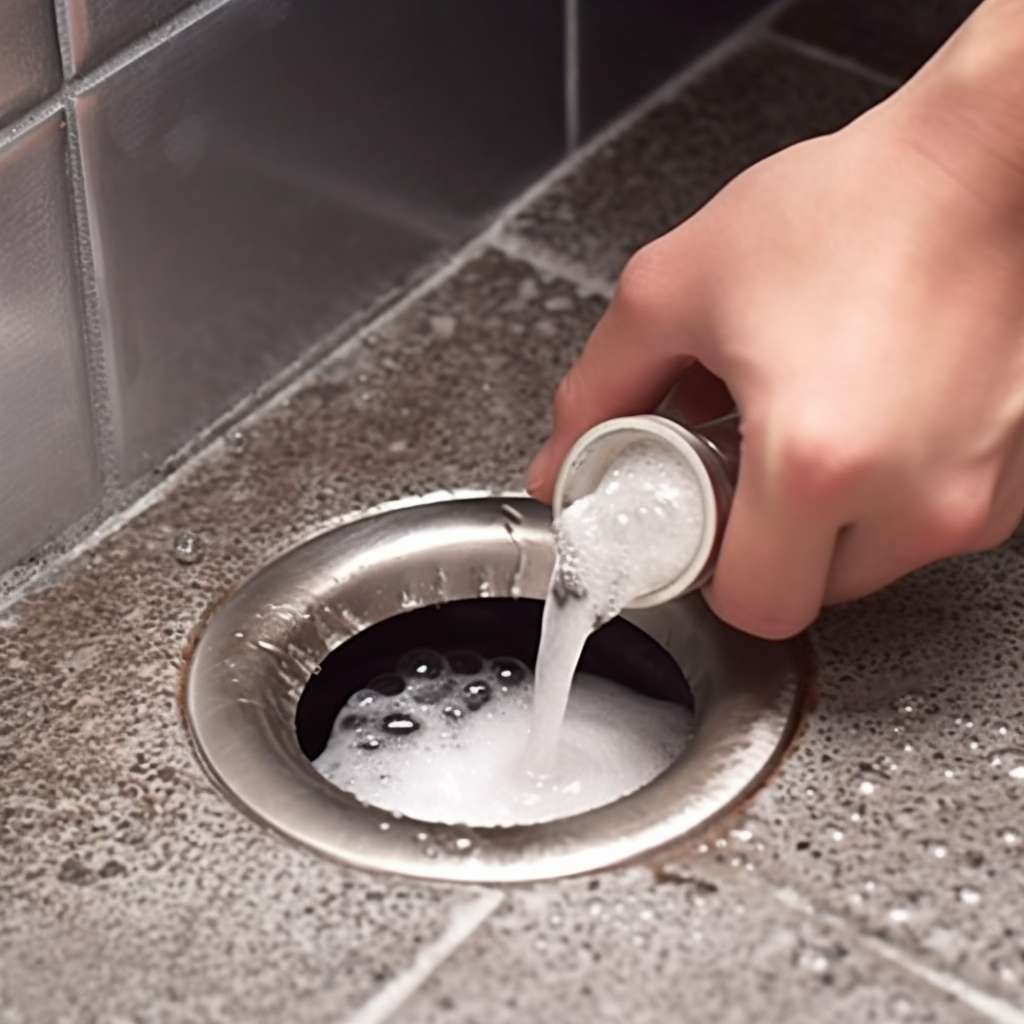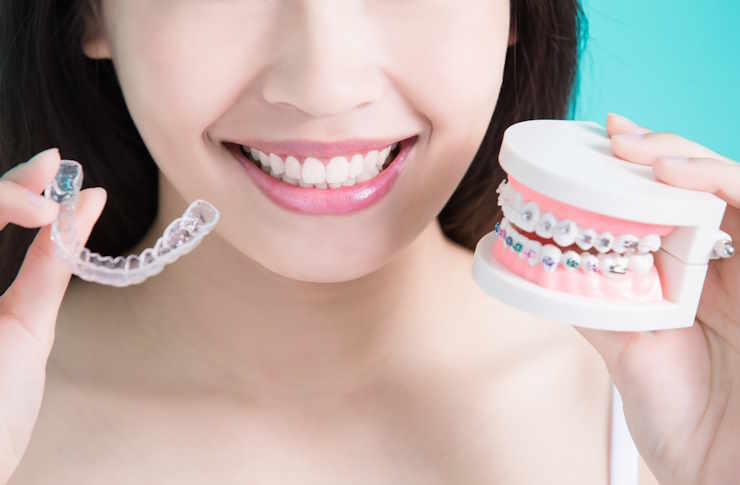Drain Cleaning Hacks People Are Talking About in 2025
Home maintenance can be challenging, especially when it comes to keeping drains and pipes in optimal condition. As technology and environmental consciousness evolve, homeowners are discovering innovative approaches to tackle drain cleaning challenges more effectively and sustainably. From smart home technologies to eco-friendly solutions, the landscape of drain maintenance is transforming rapidly.

What Are the Most Effective Home Drain Cleaning Tips for 2025?
The most effective drain cleaning approaches in 2025 combine preventative maintenance with targeted treatments. Microfiber drain covers have become a household staple, capturing hair and debris before they enter pipes. These ultra-fine mesh screens now incorporate antimicrobial properties that prevent biofilm buildup, addressing a root cause of slow drains.
Enzyme-based cleaners have seen remarkable improvements, with new formulations that activate in cool water and remain effective for up to 72 hours. These biological cleaners use specialized bacteria that digest organic matter, breaking down the stubborn buildup that causes most clogs. Unlike their predecessors, modern enzyme cleaners work effectively on grease, hair, food particles, and soap scum simultaneously, making them versatile solutions for whole-house maintenance.
Regular preventative flushing has also gained traction. The “5-5-5 method” involves pouring five cups of boiling water down drains, followed by five tablespoons of baking soda, and then five cups of white vinegar after a five-minute wait. This monthly maintenance routine helps prevent buildup before it becomes problematic, particularly in bathroom sinks and shower drains where hair and personal care products create persistent issues.
How Can You Unclog a Sink Without Using Chemicals?
Chemical-free drain clearing methods have become increasingly sophisticated in 2025. The redesigned drain snake now features flexible, biodegradable tips that conform to pipe shapes without scratching surfaces. Some models incorporate ultrasonic technology that emits high-frequency vibrations to loosen stubborn clogs as the snake advances through pipes.
Hydro-jetting at home has become more accessible with the introduction of attachment kits for standard garden hoses. These kits create sufficient pressure to clear minor to moderate clogs without requiring professional equipment. The latest models include pressure regulators that prevent damage to older plumbing systems and pipe connections.
Perhaps the most interesting development is the rise of suction-based clearing tools. These handheld devices create a powerful vacuum seal over drain openings and use pneumatic pressure to dislodge blockages. Unlike plungers, which push and pull, these tools create sustained directional force that can clear clogs located deeper in the plumbing system without introducing any chemicals or additional water into the pipes.
What Are the Safest DIY Pipe Cleaning Methods in 2025?
Safety in drain maintenance has become a priority for homeowners in 2025. Thermal cleaning systems that use controlled steam to dissolve organic blockages have gained popularity. These devices heat water to precise temperatures that effectively break down clogs without reaching levels that could damage PVC or older metal pipes.
Mechanical drain augers have undergone significant safety improvements. New models feature torque limiters that prevent over-tightening and potential pipe damage. Flexible shaft materials that resist kinking have replaced traditional metal cables, reducing the risk of scratching or puncturing pipes during use.
The “isolation method” has emerged as another safe technique. This approach involves isolating the clogged section of pipe by closing other drains in the home and applying targeted pressure using specialized rubber stoppers and a hand pump. By concentrating force directly on the clog without stressing other plumbing connections, this method reduces the risk of causing leaks or joint failures that sometimes result from more aggressive approaches.
How Are Smart Home Technologies Improving Drain Cleaning in 2025?
Smart plumbing systems have revolutionized drain maintenance in 2025. Ultrasonic sensors installed at key points in home plumbing systems now detect buildup before it causes noticeable flow reduction. These sensors connect to home automation systems, alerting homeowners to potential issues and suggesting maintenance schedules based on actual usage patterns.
Automated maintenance systems perform regular preventative treatments without homeowner intervention. Programmable dispensers release measured amounts of enzyme cleaners during low-usage periods, maintaining clear pipes through continuous small-dose treatments rather than reactive cleaning of fully formed clogs.
Pipe-monitoring cameras have become more accessible for home use, with wireless models that can be deployed through drain openings to inspect pipes using smartphone connectivity. These devices help identify the specific nature and location of blockages, allowing for targeted treatment rather than guesswork. Some models even include basic AI capabilities that can diagnose common plumbing issues and recommend appropriate solutions based on visual analysis of pipe conditions.
What Eco-Friendly Innovations Are Trending in Drain Cleaning for 2025?
Ecological consciousness is reshaping drain cleaning approaches in 2025. Biodegradable drain cleaning pods have replaced many liquid solutions, delivering concentrated enzyme formulas without excess packaging or chemical stabilizers. These pods dissolve completely and contain microorganisms specifically cultivated to digest common drain-clogging materials without harming downstream ecosystems.
Water-saving drain maintenance systems are gaining adoption, particularly in drought-prone regions. These closed-loop devices recirculate a small amount of water mixed with natural cleaning agents through problematic pipes, using mechanical agitation rather than high water volume to dislodge buildup.
Perhaps most promising is the rise of preventative biotechnology for plumbing systems. Beneficial biofilm promoters introduce harmless microorganisms that occupy pipe surfaces, preventing harmful buildup from adhering to pipe walls. These systems establish a balanced microbial ecosystem within plumbing that continuously processes small amounts of organic matter before it can accumulate into clogs, representing a shift from reactive cleaning to proactive biological management of home wastewater systems.
Conclusion
The drain cleaning landscape of 2025 reflects a broader shift toward solutions that balance effectiveness, safety, and environmental responsibility. While traditional methods continue to play a role, innovations in smart technology, eco-friendly formulations, and preventative approaches have expanded the options available to homeowners. From sophisticated sensor systems that predict potential clogs to improved versions of time-tested remedies like baking soda and vinegar, today’s drain cleaning approaches offer more targeted, less invasive solutions than ever before. As plumbing systems continue to evolve, so too will the methods we use to maintain them, likely continuing the trend toward smart, sustainable solutions that address problems before they begin.




